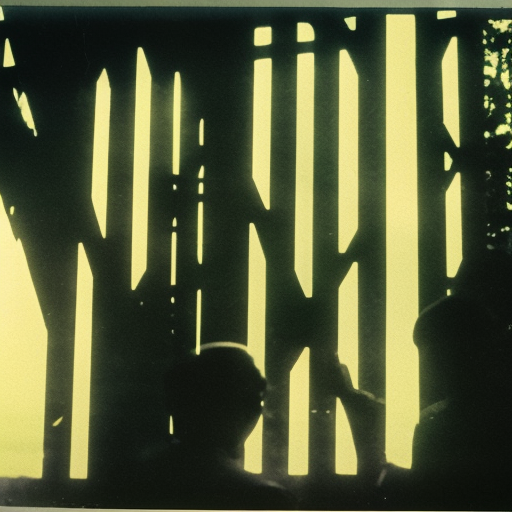Summary:
The Japanese occupation of the Philippines during World War II lasted from 1942 to 1945. It was a period of great hardship and suffering for the Filipino people, as they were subjected to brutal treatment, forced labor, and widespread human rights abuses. The occupation also had a significant impact on the political, economic, and social landscape of the Philippines.
Background:
In December 1941, the Japanese launched a surprise attack on the Philippines, just days after the attack on Pearl Harbor. Despite initial resistance, the Filipino and American forces were overwhelmed, and General Douglas MacArthur was forced to retreat to Australia. The Japanese quickly gained control of the country and established a puppet government under President Jose P. Laurel.
Japanese Rule:
Under Japanese rule, the Filipino people were subjected to harsh conditions and widespread oppression. The Japanese military implemented a policy of “Asia for the Asians,” which aimed to promote Japanese supremacy and eradicate Western influence. They imposed strict censorship, banned the use of English, and forced Filipinos to adopt Japanese customs and practices.
Forced Labor and Economic Exploitation:
One of the most significant aspects of the Japanese occupation was the forced labor imposed on the Filipino people. Thousands of Filipinos were conscripted to work on various infrastructure projects, such as the construction of airfields, roads, and fortifications. Many were subjected to grueling conditions, inadequate food, and physical abuse. The Japanese also seized control of industries and resources, exploiting the Philippine economy for their own benefit.
Resistance Movements:
Despite the oppressive conditions, Filipinos organized various resistance movements to fight against the Japanese occupation. The most prominent of these was the Hukbalahap, a communist guerrilla group led by Luis Taruc. They conducted sabotage operations, gathered intelligence, and engaged in guerrilla warfare against the Japanese forces. Other resistance groups, such as the Philippine Commonwealth Army and the Moro Islamic Liberation Front, also played a significant role in resisting Japanese rule.
End of the Occupation:
As World War II progressed, the tide began to turn against the Japanese. In October 1944, General MacArthur returned to the Philippines and launched a major offensive to liberate the country. The Battle of Leyte Gulf, one of the largest naval battles in history, marked a turning point in the war. The combined American and Filipino forces successfully pushed back the Japanese, leading to the eventual liberation of the Philippines.
Legacy:
The Japanese occupation of the Philippines left a lasting impact on the country. It resulted in the loss of thousands of lives and widespread destruction. The Filipino people endured immense suffering and hardship during this period. The occupation also had long-term effects on the political, economic, and social development of the Philippines. It further fueled nationalist sentiments and contributed to the eventual independence of the country in 1946.
In conclusion, the Japanese occupation of the Philippines during World War II was a dark chapter in the country’s history. The Filipino people endured brutal treatment, forced labor, and widespread human rights abuses. However, they also demonstrated resilience and resistance, forming various movements to fight against the occupation. The end of the occupation marked a turning point in the war and paved the way for the eventual liberation and independence of the Philippines.












